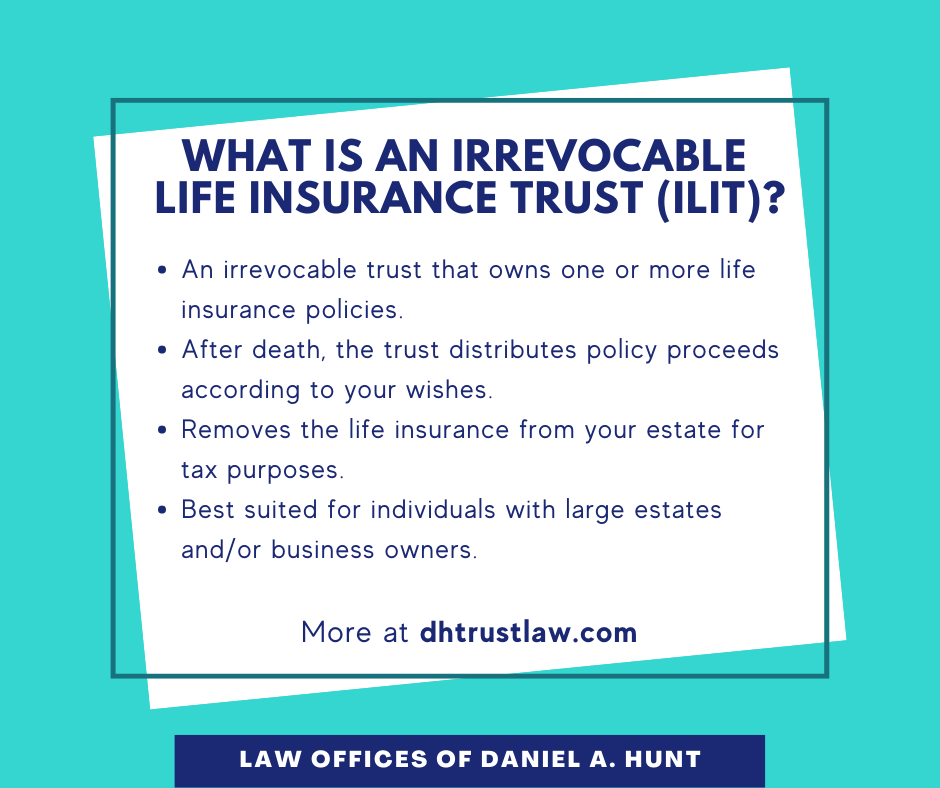The Ultimate Guide To Pacific Prime
The Ultimate Guide To Pacific Prime
Blog Article
Pacific Prime Things To Know Before You Get This
Table of ContentsThe Definitive Guide to Pacific Prime5 Simple Techniques For Pacific PrimeUnknown Facts About Pacific PrimeThe Definitive Guide for Pacific PrimePacific Prime Can Be Fun For Anyone

This is because the information were gathered for a duration of strong economic efficiency. Of the approximated 42 million individuals that were uninsured, just about about 420,000 (about 1 percent) were under 65 years old, the age at which most Americans become eligible for Medicare; 32 million were grownups between ages 18 and 65, around 19 percent of all grownups in this age group; and 10 million were children under 18 years of age, concerning 13.9 percent of all children (Mills, 2000).
These quotes of the number of persons uninsured are generated from the annual March Supplement to the Current Populace Study (CPS), carried out by the Demographics Bureau. Unless otherwise noted, national estimates of people without medical insurance and percentages of the populace with various kinds of coverage are based upon the CPS, the most commonly utilized source of price quotes of insurance coverage and uninsurance rates.
Pacific Prime Fundamentals Explained

Still, the CPS is especially beneficial since it generates yearly estimates relatively rapidly, reporting the previous year's insurance protection approximates each September, and because it is the basis for a regular set of quotes for greater than 20 years, enabling analysis of trends in insurance coverage over time. For these factors, along with the comprehensive use the CPS in various other studies of insurance protection that exist in this record, we depend on CPS estimates, with constraints kept in mind.

The quote of the variety of without insurance individuals increases when a population's insurance condition is tracked for a number of years. Over a three-year period starting early in 1993, 72 million individuals, 29 percent of the U.S. https://padlet.com/pacificpr1me/my-harmonious-padlet-xyem37dpr2sq1yce. populace, lacked protection for at the very least one month. Within a single year (1994 ), 53 million people experienced at the very least a month without insurance coverage (Bennefield, 1998a)
Six out of every 10 without insurance grownups are themselves used. Working does boost the likelihood that one and one's family participants will certainly have insurance coverage, it is not a guarantee. Even members of households with 2 full-time wage income earners have almost a one-in-ten opportunity of being uninsured (9.1 percent uninsured price) (Hoffman and Pohl, 2000).
Some Known Details About Pacific Prime
New immigrants represent a significant percentage of people without medical insurance. One evaluation has actually connected a substantial section of the recent development in the size of the U.S. uninsured population to immigrants who showed up in the nation in between 1994 and 1998 (Camarota and Edwards, 2000). Current immigrants (those who pertained to the USA within the previous 4 years) do official source have a high rate of being without insurance (46 percent), however they and their children make up simply 6 percent of those without insurance nationally (Holahan et al., 2001).
The relationship between wellness insurance and access to care is well established, as recorded later on in this phase. The partnership in between wellness insurance and health and wellness results is neither straight neither basic, an extensive clinical and wellness services research literature links wellness insurance policy protection to better access to care, better high quality, and boosted individual and population wellness status.
Degrees of analysis for analyzing the effects of uninsurance. This conversation of health and wellness insurance policy coverage concentrates mainly on the united state populace under age 65 because practically all Americans 65 and older have Medicare or various other public coverage. Moreover, it concentrates particularly on those with no wellness insurance for any type of size of time.
Getting My Pacific Prime To Work
The issues dealt with by the underinsured are in some areas comparable to those dealt with by the without insurance, although they are normally much less extreme. maternity insurance for expats. Uninsurance and underinsurance, however, involve clearly various policy concerns, and the approaches for addressing them might differ. Throughout this research study and the 5 records to comply with, the main focus is on individuals with no medical insurance and hence no support in spending for healthcare beyond what is available via charity and safeguard institutions
Health insurance policy is an effective aspect impacting receipt of care because both clients and doctors reply to the out-of-pocket cost of services - https://hearthis.at/freddy-smith-k8/set/pacific-prime/. Medical insurance, however, is neither needed nor adequate to acquire accessibility to medical solutions. Nevertheless, the independent and direct result of health and wellness insurance policy protection on access to wellness services is well established.
Others will acquire the health care they need even without medical insurance, by spending for it expense or seeking it from providers that provide treatment totally free or at highly subsidized prices. For still others, medical insurance alone does not ensure invoice of treatment as a result of various other nonfinancial barriers, such as an absence of health care suppliers in their neighborhood, minimal access to transportation, illiteracy, or linguistic and cultural differences.
Pacific Prime Can Be Fun For Anyone
Formal research study about without insurance populaces in the United States dates to the late 1920s and early 1930s when the Board on the Cost of Healthcare created a series of reports regarding funding doctor workplace gos to and hospital stays. This concern ended up being significant as the numbers of clinically indigent climbed up throughout the Great Clinical depression.
Report this page